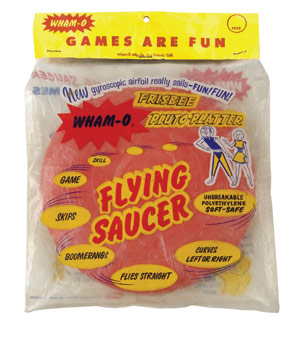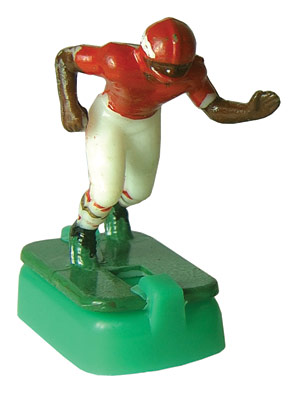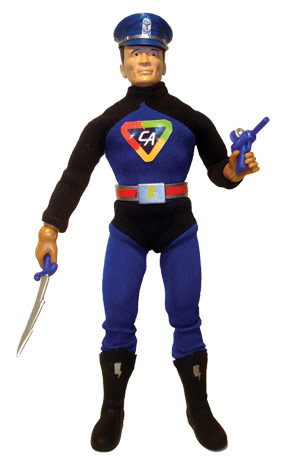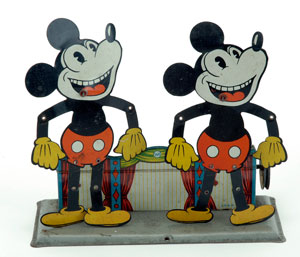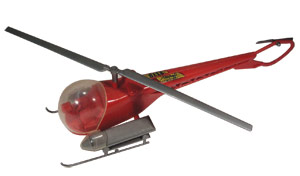
The helicopter is an amazing machine. Pilots who fly them describe it as trying to control 20,000 spare parts flying in loose formation at more or less the same altitude, in roughly the same direction, at approximately the same time.
A helicopter derives its ability to fly lift by rapidly rotating the rotor blades while compensating for the torque from the engine with either a small set of vertically mounted rotor blades at the rear of the fuselage and or an additional set of main blades turning in the opposite direction. Another largely unsuccessful early design used rotor tip jets to power the blades avoiding the torque forces.
An autogiro appears at first glance to be similar to a helicopter, but it uses a free spinning rotor to develop lift and is not capable of making vertical takeoffs or powered landings. It is pushed through the air with an engine-powered propeller. Both machines can land safely without power, using autorotation to control descent.


